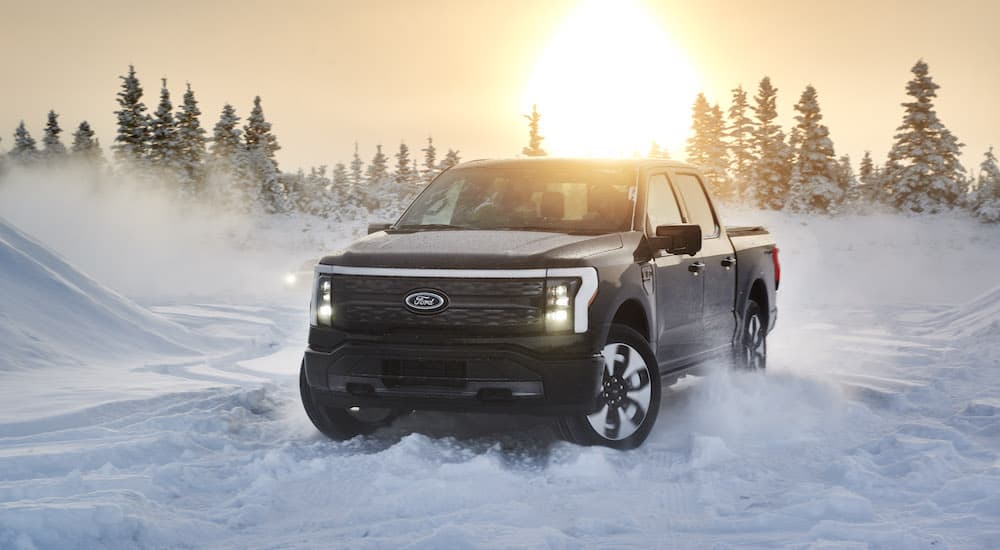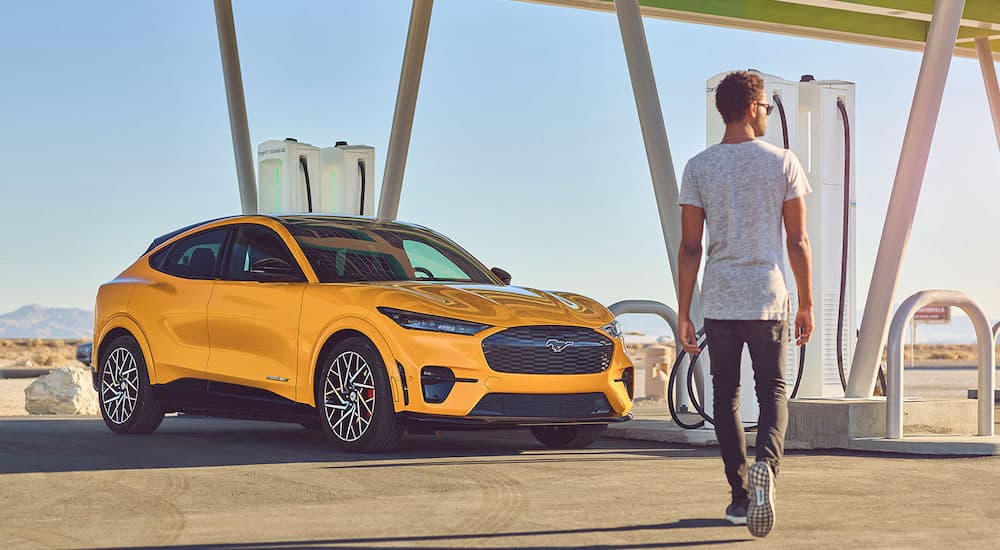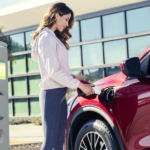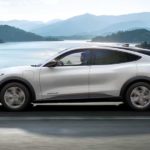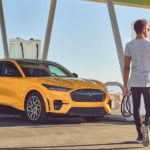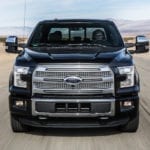When American auto giant Ford announced that it planned to use exclusively renewable energy by 2035, a lot of eyebrows were raised. Is it even possible to manufacture a vehicle using, as Ford put it, “100-percent locally sourced renewable energy?” Then Ford put its money where its mouth is, investing $11.5 billion towards its electric vehicle rollout, including enhancing the public charging network across North America. As a result, those who are in the market for a brand new Ford vehicle now have lots of fun options to choose from, including the new F-150 Lightning, Mustang Mach-E, Maverick hybrid pickup truck, and Escape hybrid SUV. But none of that is helpful if you’re shopping at a used Ford dealer near you.
Let’s say you’re an average consumer who would like a nice, dependable vehicle at a reasonable price. But just as importantly, you want to invest in our planet. After all, we’ve only got one, and if there’s no planet, there’s no party, as Gen Z has helpfully pointed out. Can you buy a used Ford and still feel good about your contribution to the well-being of Mother Earth? You might be surprised to discover you can.
Ford’s Electrified Past
Electrified vehicles are nothing new. As a concept, low-emissions driving is as old as driving itself, and the first electric car dates back to 1832! However, it’s only been in recent years that automotive engineers have really created electrified vehicles that perform with the power, excitement, and practicality the American public requires.
Hybrid vehicles were the first electrified models to gain widespread acceptance, and Ford was early to the party when it introduced the Escape hybrid as a 2005 model. The new hybrid SUV had fuel economy ratings of 30 MPG in the city and 28 MPG on the highway, a massive improvement over the 21 MPG in the city and 27 MPG combined of the non-hybrid model. Still, critics were not impressed. An NBC News report of the Escape hybrid’s debut quoted Jennifer Krill of the Rainforest Action Network as calling Ford “a public danger” with an “oil addiction” due to the low fuel mileage figures of every other vehicle in its lineup.
So Ford did something about it. In 2010, new EcoBoost engines––which are claimed to improve fuel economy by 20% and reduce emissions by 15%––debuted in the Taurus, Flex, Focus, Mondeo, and Galaxy. In conjunction with the rollout of the new engines, Ford invested in a $145 million upgrade to the Cleveland Engine Plant to produce the EcoBoost technology.
In 2010, the world also met the Ford Fusion Hybrid. The Fusion had been in production for several years, but the new hybrid version caused a stir. Powered by a scientific-sounding 2.5L inline-4 engine with a 79 kW permanent magnet synchronous electric motor, many drivers appreciated the idea of getting 41 MPG in the city and 36 MPG on the highway. But they didn’t adore the learning curve behind it. There were suddenly all these terms, like “Eco Mode,” “Regenerative Braking,” and “Regen on Demand,” as well as different screens and specs to accompany these driving modes. There was also the problem of the backseat battery bump. The hybrid was off to a rocky start.
Used Hybrid Ford Vehicles You Can Drive Today
Historically speaking, hybrid vehicles are a bit pricier than their gasoline-powered counterparts, but used vehicles cost less than brand-new vehicles. Therefore, it is possible to find that Goldilocks sweet spot where a used hybrid vehicle fits nicely within your budget.
Even more exciting: hybrid technology has improved significantly since 2010. For its final year of production, the Fusion hybrid offers a 2.0L inline-4 that produces 188 hp and 129 lb-ft of torque yet provides drivers with 43 MPG in the city and 41 MPG on the highway. The plug-in hybrid Fusion Energi has the same performance at its command but is rated for 103 MPGe. The Ford Fusion hybrid ended production after the 2020 model year, which means these vehicles are still very likely to be found on a used Ford dealer’s lot in fantastic condition.
Remember the Ford C-MAX hybrid? What was that, a decade ago? Admittedly, the events of 2020 to the present day have played tricks on our collective understanding of time, but the C-MAX hybrid was produced between 2013 and 2018, so it’s still possible to find these vehicles with low mileage on them. The C-MAX hybrid could gallop to the tune of 42 MPG in the city and 38 MPG on the highway, while the plug-in hybrid Energi version offered 95 MPGe and an electric range of 20 miles.
Staying Green With the Blue Oval
In 2004, Ford was criticized for having the lowest average fuel economy amongst automakers––a measly 18.8 MPG combined across all of its cars, trucks, and SUVs produced at the time. Things have certainly changed in the passing years. Considering Ford’s transition to a greener fleet, you now have plenty of options to buy a used Ford that is environmentally friendly.
Even if you don’t choose to buy one of the many used hybrids from the Blue Oval, Ford now has many extremely efficient gasoline vehicles to choose from. If you look at the 2021 lineup, for example, you’ll find a fuel economy of 22 MPG combined on an F-150 pickup, 26 MPG combined on a four-wheel drive Bronco Sport, and 30 MPG combined on a non-hybrid Escape.
As an environmentally-conscious shopper, there are a few things that you can look for in a used Ford to help you save money and the planet simultaneously. Start by looking for the Hybrid, Energi, and PHEV labels. Many used Ford dealers allow online shoppers to search specifically for these features.
If none of these vehicles meet the needs of your lifestyle and driving style, keep an eye out for the EcoBoost engine, some version of which is offered in nearly every Ford car, truck, and SUV. These engines offer brawny performance to tackle any job and provide a reliable ride with maximum fuel economy.
Will Ford’s Electric Dreams Come True?
In 2004, critics rightfully pointed out that it was hard to accept a low-carbon commitment from a company with an oil addiction. However, Ford has demonstrated that this wasn’t just a PR move. In fact, Ford conducts frequent surveys among the public to determine how important things like climate change are to its drivers. The results of these surveys indicate that 71% of participants are actively choosing to fight against climate change––a formidable number.
Currently, many of Ford’s European plants use 100% green electric energy. In America, Ford offers seven hybrid and electric vehicles, including three pickup trucks and three SUVs. In the coming years, the manufacturer plans to achieve full carbon neutrality with zero emissions from its vehicles and facilities. Are these lofty goals? Absolutely. However, with the introduction of the F-150 Lightning and even more electrified models in the pipeline, it seems that Ford plans to make good on these goals. The hard part may be waiting for the all-electric models to show up at a used Ford dealership, as current drivers seem pretty keen on holding on to their Ford EVs.
